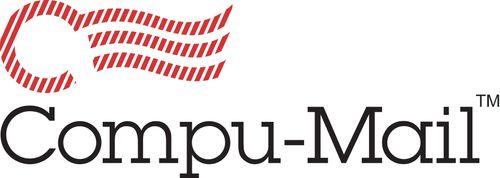Long gone are the days of basic segmentation based on demographic information.
It is great to know that a majority of your customers are females aged 25-40, but that is likely where the commonalities of this demographic end. A 40-year-old woman is at a much different stage in her life than a 25-year-old woman, with vastly different interests and hobbies.
So, who’s who? And how do you figure it out?
In order to be successful, you have to know as much about their interests, behaviors, and motivations as you do their general characteristics. This can be accomplished by employing data analytics and predictive modeling.
Once you have this information, you can apply Look-A-Like modeling techniques that allow you to identify prospects that look like your best customers. This will help you narrow your acquisition focus by locating and attracting more profitable customers with a smaller, more targeted net that filters out irrelevant or uninterested prospects. (And, smaller net = smaller up front marketing spend!)
You also have to know what your customers buy and why they buy it. What is the job to be done? What are the alternatives? This is important so you can get an understanding of the motivations behind each purchase. Knowing this information also allows you to determine complementary products to recommend via cross-sell or up-sell promotions.
One of the other most important things you need to know is how your customers like to receive information or offers. Using the right medium to convey your message is almost as important as the message itself. When you reach customers where they are and where they like to be reached, they will be more receptive and responsive to your offers.
The Bottom Line
Only when you have a deep understanding of who’s who can you really know how to effectively market to your customers. It’s increasingly important to know your customers, otherwise you may end up blasting out generic messages.





